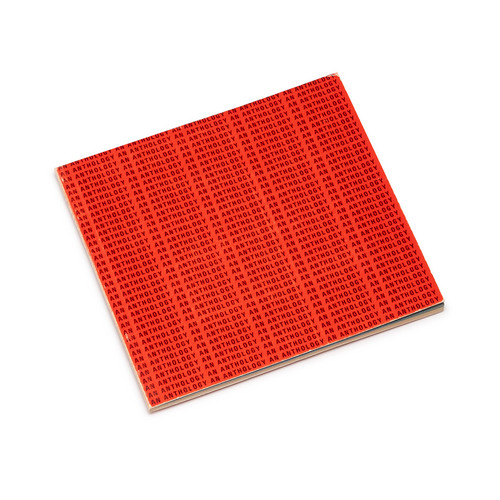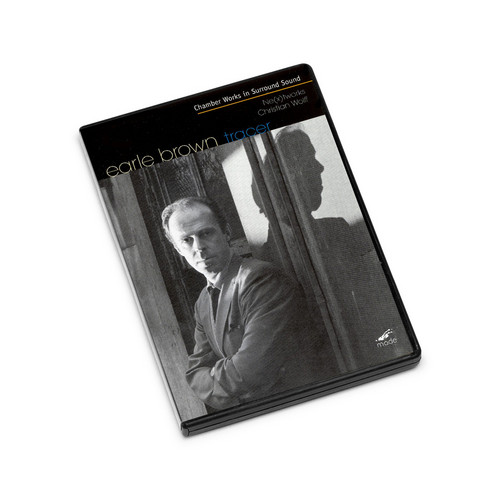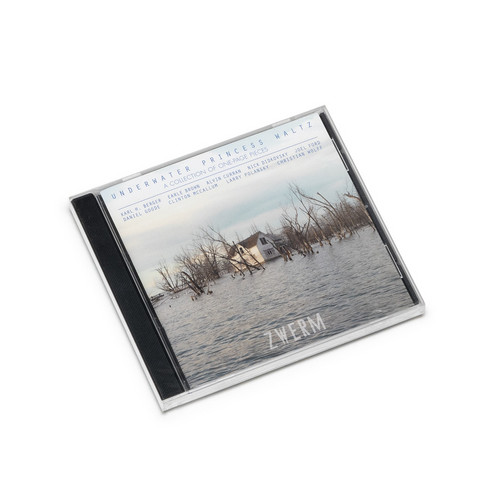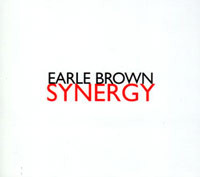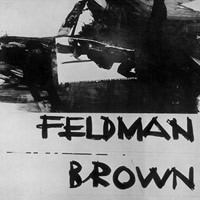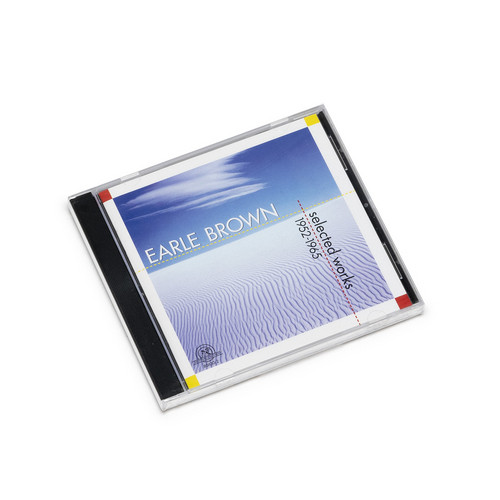Earle Brown
Earle Brown was an American composer. Among his many innovations, he near-singlehandedly re-invigorated classical music with improvisation by establishing his own formal and notational systems. It is important to note that he did this at a time when his peer John Cage was actively dismissing improvisation as the regurgitation of one's habits, a position incompatible with Cage's Zen leanings. Brown was the creator of open form, a style of musical construction that has influenced many waves of composers. Among his most famous works are December 1952 with its use of a 'radical' score, the open form pieces Available Forms I & II, Centering, and Cross Sections and Color Fields.
personal website
Earle Brown was an American composer. Among his many innovations, he near-singlehandedly re-invigorated classical music with improvisation by establishing his own formal and notational systems. It is important to note that he did this at a time when his peer John Cage was actively dismissing improvisation as the regurgitation of one's habits, a position incompatible with Cage's Zen leanings. Brown was the creator of open form, a style of musical construction that has influenced many waves of composers. Among his most famous works are December 1952 with its use of a 'radical' score, the open form pieces Available Forms I & II, Centering, and Cross Sections and Color Fields.

